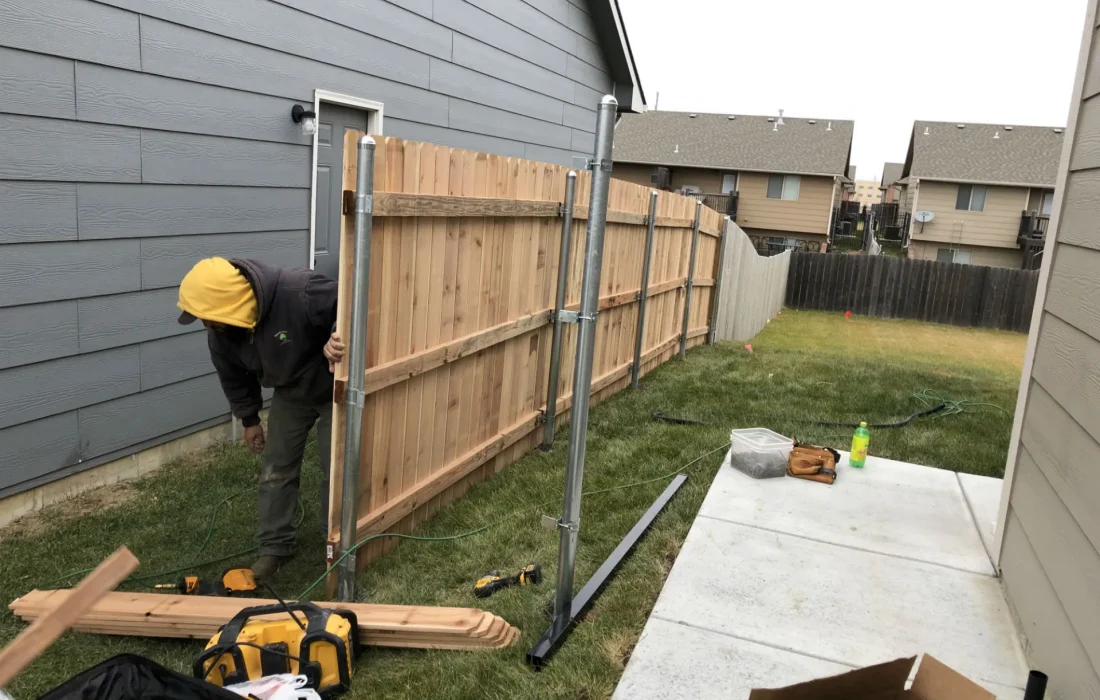Unraveling the Rich Tradition of سدو Weaving: Saudi Arabia’s Cultural Gem
Saudi Arabia’s cultural landscape is adorned with various traditional arts, but few capture the essence of Bedouin life as vividly as سدو weaving. This ancient craft, steeped in history and symbolism, exemplifies the artistry and cultural depth of the Bedouin tribes of the Arabian Peninsula. As the world modernizes, سدو weaving continues to resonate with its intricate designs and rich heritage. To explore this fascinating tradition and its modern adaptations, visit the official سدو website.
The Craftsmanship Behind سدو Weaving
سدو weaving is a traditional textile art that involves creating intricate designs using a loom. Bedouin artisans craft these textiles from wool and camel hair, materials particularly suited to the desert environment. The process of weaving سدو textiles is meticulous and labor-intensive, requiring a high level of skill and patience.
The loom used in سدو weaving is a simple yet effective tool. Bedouin weavers often use a horizontal ground loom, which allows them to work efficiently with the thick, durable fibers of wool and camel hair. The process starts with preparing the fibers, which are washed, carded, and spun into yarn. This yarn is then dyed using natural dyes derived from plants, minerals, and insects, which gives سدو textiles their rich and vibrant colors.
The weaver’s task involves setting up the loom and weaving the yarn into intricate patterns. This requires a deep understanding of the design, as well as precise control over the tension and alignment of the threads. Each textile is crafted with a specific pattern in mind, and the weaver’s skill is evident in the complexity and beauty of the final product.
Cultural Significance and Historical Roots
The significance of سدو weaving extends far beyond its visual appeal. Historically, سدو textiles were essential to Bedouin life, serving both practical and symbolic purposes. These textiles were used to create items such as tents, blankets, and saddles, which were crucial for survival in the harsh desert climate. Beyond their functional uses, سدو textiles also played a role in cultural expression and social status.
In Bedouin society, the art of weaving was highly esteemed. The complexity and beauty of a textile’s design often reflected the weaver’s expertise and social standing. Each piece of سدو weaving was unique, reflecting the personal touch and cultural narrative of the weaver. Through their craft, Bedouin artisans preserved and communicated their heritage, embedding stories and traditions into each woven piece.
The tradition of سدو weaving has been passed down through generations, with each artisan contributing their own unique interpretations to the craft. This continuity has allowed سدو weaving to remain a vibrant and relevant part of Bedouin culture, even as other aspects of their lifestyle have evolved. The patterns and techniques used in سدو weaving are not merely decorative; they are deeply rooted in the Bedouin way of life, reflecting their values, beliefs, and environmental interactions.
Modern Adaptations and Global Impact
In recent years, سدو weaving has experienced a resurgence of interest, with contemporary designers incorporating its patterns into modern fashion and interior design. This modern adaptation highlights the craft’s versatility and enduring appeal.
In the fashion world, سدو patterns are being reimagined to create contemporary clothing and accessories. Designers blend traditional motifs with modern styles, producing fashion items that honor the heritage of سدو weaving while appealing to a global audience. This fusion of old and new not only respects the craft’s historical roots but also introduces its beauty to diverse contexts. Modern designers are also exploring innovative techniques to bring سدو patterns to life in new materials and forms, making the craft accessible to a broader audience.
In interior design, سدو textiles are being used to enhance modern spaces with their distinctive geometric patterns and vibrant colors. Whether featured as statement pieces or integrated into eclectic décor, سدو designs add a unique and culturally significant touch to various interior styles. By incorporating سدو textiles into contemporary settings, designers bridge the gap between historical craftsmanship and modern aesthetics. This integration not only celebrates the craft’s cultural significance but also demonstrates its relevance in today’s design landscape.
Challenges and Preservation Efforts
Despite its enduring appeal, سدو weaving faces challenges in the modern era. The traditional methods of weaving are labor-intensive and time-consuming, and there is a risk that these skills may be lost as younger generations move away from traditional crafts. Additionally, the availability of materials and changes in lifestyle have impacted the practice of سدو weaving.
Efforts to preserve and promote سدو weaving are crucial to ensuring that this cultural heritage is not lost. Organizations and initiatives dedicated to supporting traditional crafts are working to keep the art of سدو weaving alive. These efforts include workshops, exhibitions, and educational programs aimed at raising awareness and passing on the skills of سدو weaving to new generations.
The official سدو website plays a significant role in these preservation efforts by providing a platform for showcasing سدو textiles and promoting the work of artisans. Through its resources, the website helps to connect traditional crafts with contemporary audiences, ensuring that the legacy of سدو weaving continues to thrive.
Exploring سدو Weaving
For those interested in learning more about سدو weaving, the official سدو website offers a wealth of information and resources. The website provides detailed insights into the history, techniques, and significance of سدو designs. Visitors can explore a curated selection of سدو products, including traditional textiles and modern adaptations.
The website also highlights the work of individual artisans, offering a glimpse into their creative processes and the stories behind their designs. Additionally, the site features information about events, exhibitions, and workshops related to سدو weaving, providing opportunities for a more immersive engagement with this ancient craft.
Conclusion
سدو weaving is more than just a traditional craft; it is a vibrant expression of Saudi Arabia’s cultural heritage. Its intricate patterns and rich colors reflect a deep connection to the Bedouin way of life, blending historical significance with contemporary relevance. As the craft continues to evolve and inspire, it serves as a bridge between the past and the present, honoring its rich history while embracing modern design.
Whether you are a long-time admirer of سدو weaving or discovering this art form for the first time, there is always more to explore and appreciate. By visiting the official سدو website, you can gain a deeper understanding of this timeless craft and its place in both historical and contemporary contexts. سدو weaving is not just an art form; it is a living testament to the creativity, resilience, and cultural richness of the Bedouin people.











